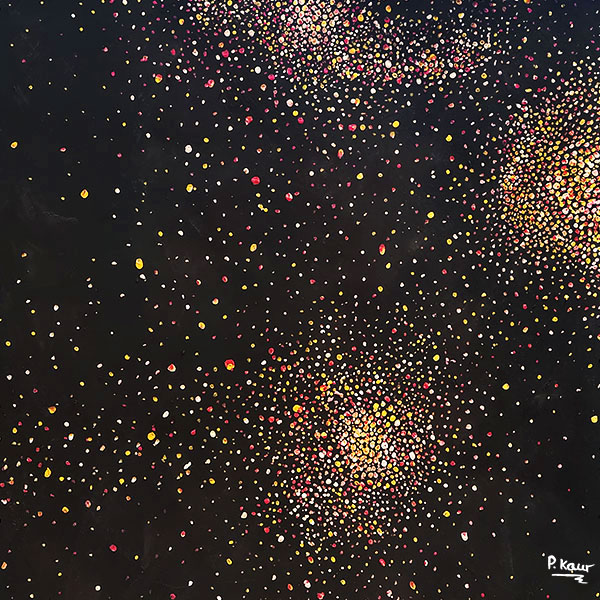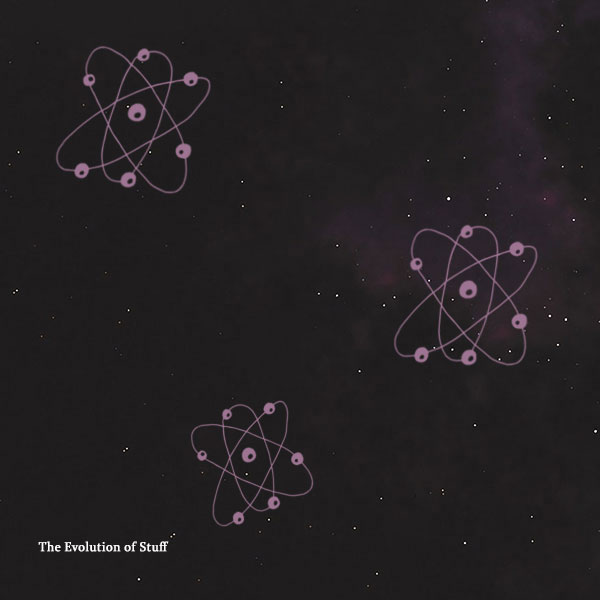The universe is 13.8 billion years old by current estimates. This might change as the James Webb telescope discovers more fabulous things. And here we are today, living on this relatively tiny planet, home to millions of species. Usually my blogs start from long ago and end in the present moment, but let’s start in the present moment and shake things up.
2024
Over 8 billion Homo sapiens, living alongside somewhere between 10 and 100 million other species. We live with huge divides amongst our species, divides of gender, race, nationality, wealth and religion. We live in the information age, run by technological advancements that aim to make our lives easier and yet, make them harder. We live in a world of abstraction and distraction. We are at the highest level of consumer debt ever recorded, the wealth available in the world is at its highest, the ideas for global domination are increasing, we have driven the planet towards global warming and we are the next potential recorded extinction event for future observers.
It’s not total doom and gloom, there have been some good things amongst the discoveries and achievements of people.
5,000 years ago
Human population was around 50 million globally. Civilisation was dawning with cities growing in Mesopotamia with around 40,000 inhabitants, writing was developing and Ancient Egypt was brewing. Agriculture was the thing of the day. It had led to the explosion of sedentary living, population growth, cultivating crops on huge levels and growing as they learnt more farming techniques and the technologies developed. This time was the growth of disease and famine, there were advancements beginning in warfare with more efficient weaponry and as the society grew, so did hierarchy, power and the concept of wealth among the few and little for the masses.
10,000 years ago
The earth had just come out of a brief cold spell called the ‘younger dryas’ and the climates were warming up as the earth entered the warm interglacial period of the current ice age cycle. There were 5 – 6 million humans worldwide. Agriculture was just taking off as a way of living. Hunter gatherer lifestyle was slowly dwindling as humans discovered they could domesticate animals and certain crops and cultivate them to produce excess produce. The warmer climate would have also encourage more natural resources, making the need for moving around less. Sedentary life was beginning, with mud brick huts and homes dug into the ground. The mammoths are due to go extinct now with the warmer climates and human activity.
50,000 years ago
Few hundred thousand humans are roaming the earth, creating art in caves. They are still in hunter gatherer communities, nestling in areas which are warmer though there are humans scattered around the globe. This is the time of the ice age, the northern hemisphere would be covered in ice sheets and glaciers. There are some big ice age animals roaming around however the mega fauna in Australia go extinct around this time.
100,000 years ago
This the beginning of the current ice age cycle which peaks around 20,000 years ago. The earth is in a cooler state generally and has been for a couple of million years. Human numbers are said to have dwindled down to a few thousand at one point, but there would have been other species like Neanderthals around at this point in time. The earliest evidence is found of the use of pigments, red ochre being ground down for painting, maybe on walls, each other or on the dead.
1 million years ago
There were a few species of humans around at this time, Homo erectus, Homo naledi and possibly some more we haven’t found or confirmed their timelines correctly. There was more variety around 2 million years ago. They are purely hunter gatherers at this point, but making tools. The earth is in its cooling phase, going through ice age cycles of around 70,000 to 100,000 years.
10 million years ago
In the geological time of the Miocene epoch. The mammals are dominant after the demise of the dinosaurs. The lines between humans and gorillas split. The earth is beginning to cool down.
66 million years ago
The asteroid hit that wiped out the dinosaurs. The age of reptiles is over. This is the fifth mass extinction event in history. This gave rise to mammals taking over dominance.
252 million years ago
The greatest extinction event in history, wiping out up to 96% of life on earth. The event itself lasted 500,000 years. It took 30 million years for life to recover and 100 million years to fully recover.
370 million years ago
The forests were growing, marking the Carboniferous period and creating the coal deposits we use today as fuel.
538 million years ago
The beginning of our current eon and the Cambrian explosion. The exoskeleton evolved creating great fossils for us to find. Life greatly diversifies from this time onwards to present day, giving rise to fish, amphibians, reptiles and mammals.
720 million years ago
Snowball earth. A drop in surface temperature caused the ice sheets to expand from the poles to the equator. There is evidence today found all over the globe on each continent of this global freeze.
890 million years ago
The first sponge like organism evolved
1.8 – 0.8 billion years ago
The boring billion. There was stability in living organisms for a billion years. It’s thought that eukaryotes evolved at the beginning of this period.
2.4 billion years ago
The Great Oxidation Event. Cyanobacteria evolved to photosynthesise, to extract energy from the sun rather than just from the nutrients and chemicals on earth. This caused free oxygen to flood the atmosphere, which before that was made up of greenhouse gases like carbon dioxide and methane. This then caused the organisms at that time to die, as oxygen would have been poisonous to organisms who evolved in an atmosphere of carbon dioxide. This also led to glaciations, with the drop in greenhouse gases, the surface temperature would have dropped as well.
3.5 billion years ago
The photosynthesising cyanobacteria began to evolve.
4.6 billion years ago
The solar system began to form, and through the process of accretion, the planets including earth. The gases in the early solar system were flung out to the far reaches which then gathered and created the gas giants. The rocks stayed closer to the sun in orbit and came together to form the various planets.
10 billion years ago
The universe was in relative full flow, creating second and third generations of stars using the forces of gravity to bring matter together into hot, pressure filled clumps in space. As the clumps got bigger and hotter, nuclear fusion would start to convert hydrogen into helium. Once the fuel source of hydrogen was used up, helium would be next, with nuclear fusion happening at 100 million degrees. The bigger stars would end up burning fuel, going through the elements of the periodic table until it creates an iron core at the centre of the dying star, then it would explode into a supernova. With the intense heat and pressure, the rest of the chemical elements are created and blasted into space, creating new clouds of dust and matter. Gravity would act, pulling them together into clouds and then to start the process again.
13.8 billion years ago
Big bang moment. This could and probably will change with new information, considering the James Webb telescope apparently took a picture of a galaxy over 20 billion years old. But this is where it began for us and our existence, laying the foundations for the laws of the universe and for the building blocks of life and everything else on this planet.





